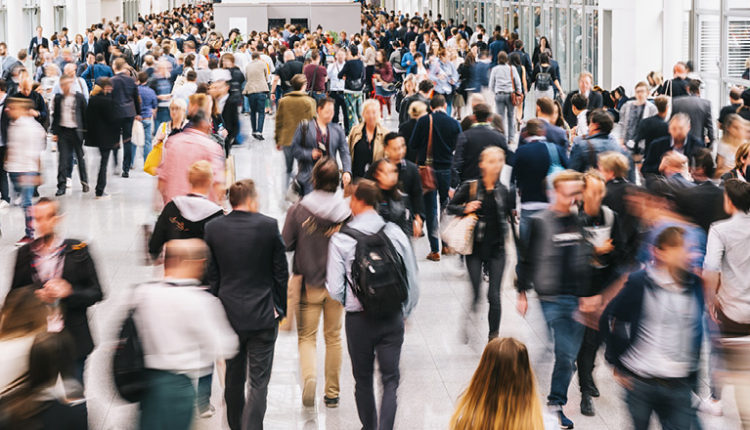Herd immunity: Deliverance from Covid−19
Co-authored by: Dr. NK Prasanna, Scientist & Editor, Indian Journal of Biochemistry and Biophysics, CSIR-National Institute of Science Communication and Information Resources, New Delhi and Dr. SK Varshney, Head & Advisor, International Cooperation Division, Department of Science and Technology
Vaccination in India is at a glance and everyone’s eyes are up to the emergence of COVID‒19 vaccines. In first 9 days of vaccination drive, India has already vaccinated over 2 million citizens. In between these vaccinations, regular Seroprevalence or Sero-surveys have been conducted during the period of Coronavirus. These serosurveys are predominantly giving the relation between herd immunity and antibody prevalence. As per one survey 50% of Delhi population has developed Covid antibodies, whereas, it is thought that herd immunity would be achieved when there is a seroprevalence between 60 and 80%
Herd immunity gained extra popularity in this crisis time. Herd immunity is a form of indirect protection from infectious disease that can occur with some diseases when a sufficient percentage of a population has become immune to an infection, whether through vaccination or previous infections, thereby reducing the likelihood of infection for individuals who lack immunity. Largely herd immunity happens in two different ways, firstly when many people in a certain time, contact the infection and build up an immune response to it. Also known as natural immunity, and secondly when so many people get immunized against the infectious disease to gain immunity. The major role of Herd immunity is to protect non-infected people from catching an infectious disease.
According to the recent serosurvey report of Delhi, it has been found that the majority of the people that is every second person have developed immunity, in simple sense gained Herd immunity against the COVID‒19. The first serosurvey was done in July 2020 and showed that 23% of the population developed antibodies against this deadly virus. In August, it was found to be 24.1%, 25.1%, 25.5% in September and October respectively. These sero-surveys provides an approximate proportion of people exposed to the virus, including person showing no symptom or asymptomatic to the disease. In survey conducted in January 2021, it rose to 56%.
Sero-survey regulated by Council of Scientific and Industrial Research (CSIR), within its 37 laboratories across India, proposed that the total number of Coronavirus cases reported in India in the month of August-September were approximately in the range between 3-4 million but the actual number was 100 million that highlights that the real number of cases in India could be around 30 times that of the revealed cases. More than 70% of individuals who had antibodies in the CSIR sero-survey had no indications or symptoms. Regular or periodic serosurveys are useful and important to gain insights into the proportion of infected people.
As cases in India are gradually started declining and the attention from people about the vaccination is getting blurry whereas the majority of people are at high risk which includes frontline Health workers, elder ones, and people with co-morbidities, who need instantaneous immunization. Getting herd immunity is a great milestone against COVID-19 but this is not the only solution to it, we must ensure the necessary precautions against the virus that we all have been taking so far.
References:
- https://www.outlookindia.com/website/story/india-news-vaccination-is-important-to-acquire-herd-immunity-dr-anurag-agrawal/371440
- https://www.healthline.com/health/herd-immunity
- https://www.hindustantimes.com/cities/delhi-news/half-of-delhi-population-exposed-to-covid-virus-all-we-know-about-sero-survey-101611636740197.html
- https://www.news18.com/news/india/heading-towards-herd-immunity-heres-all-you-need-to-know-about-delhis-latest-sero-survey-3340865.html


